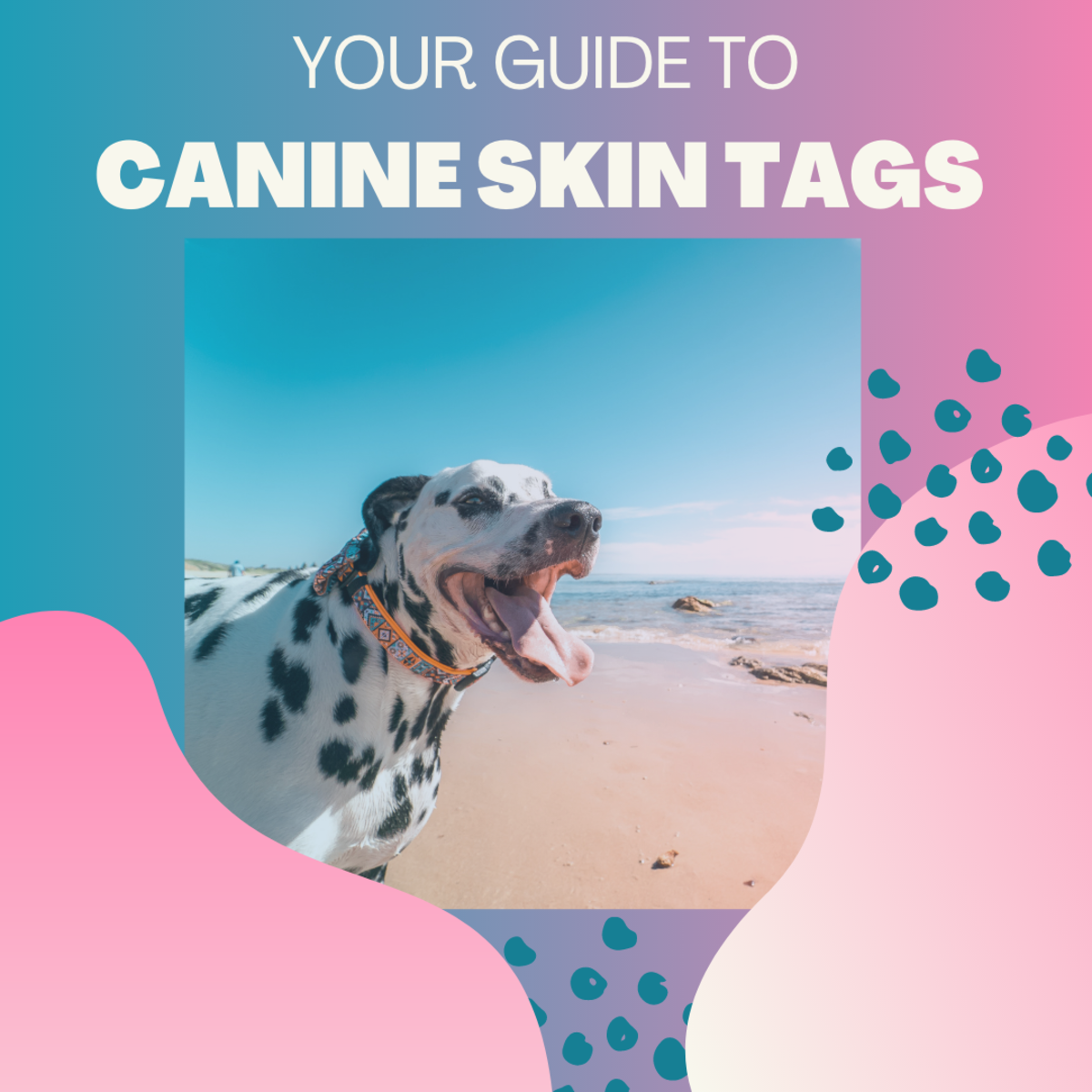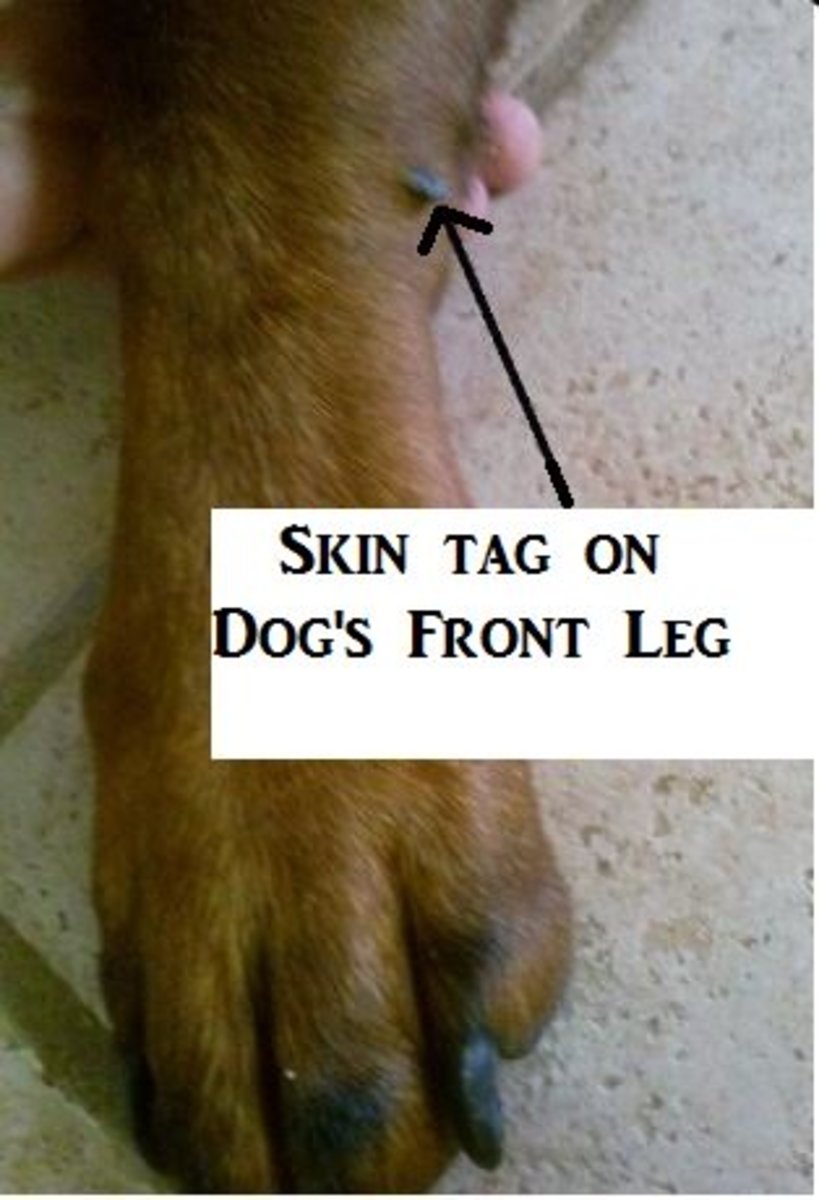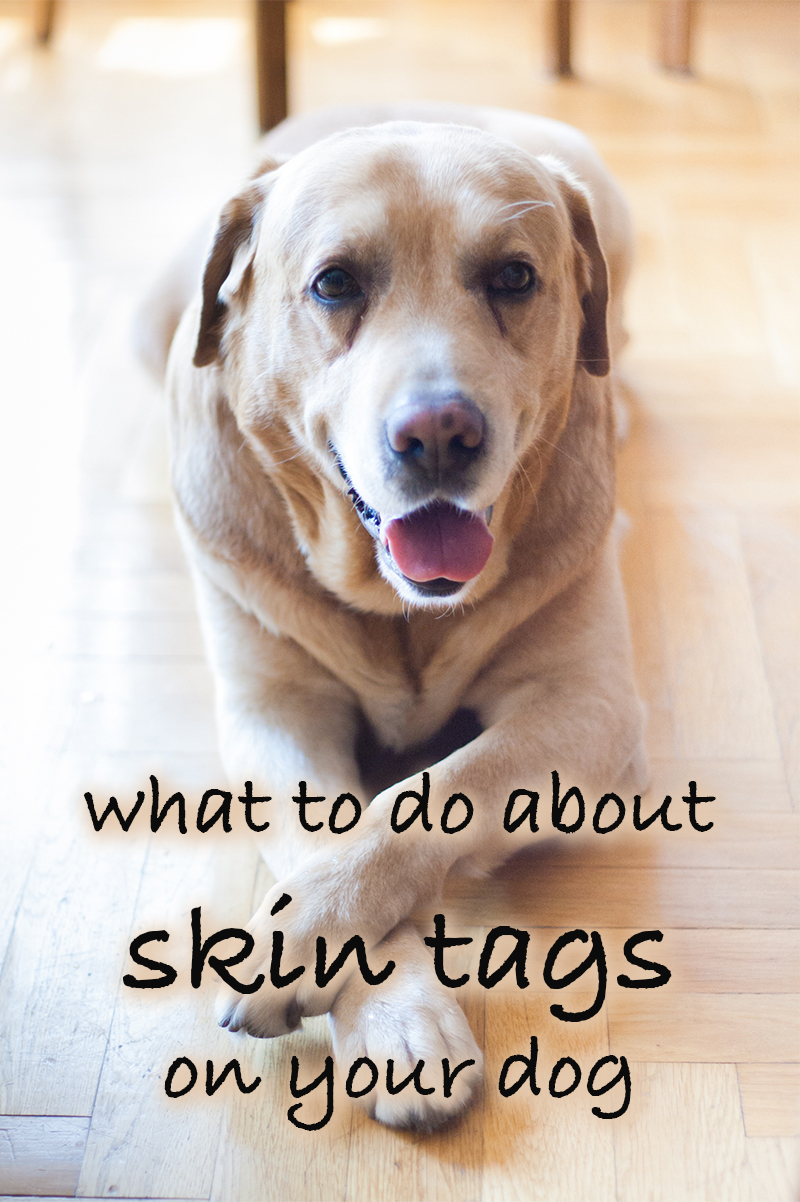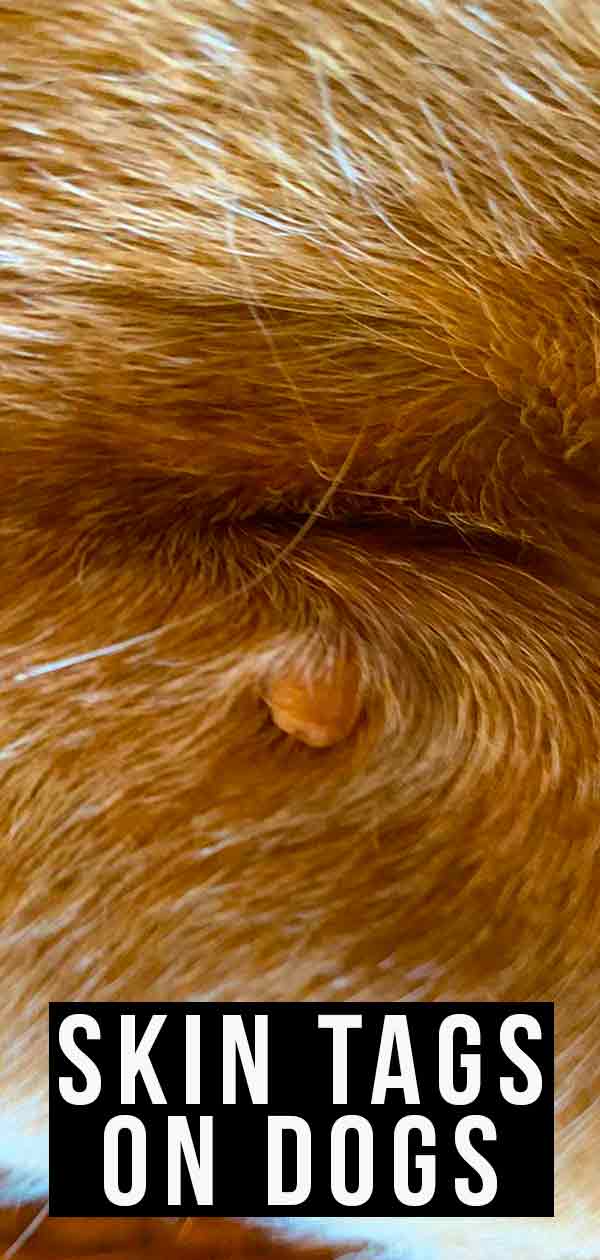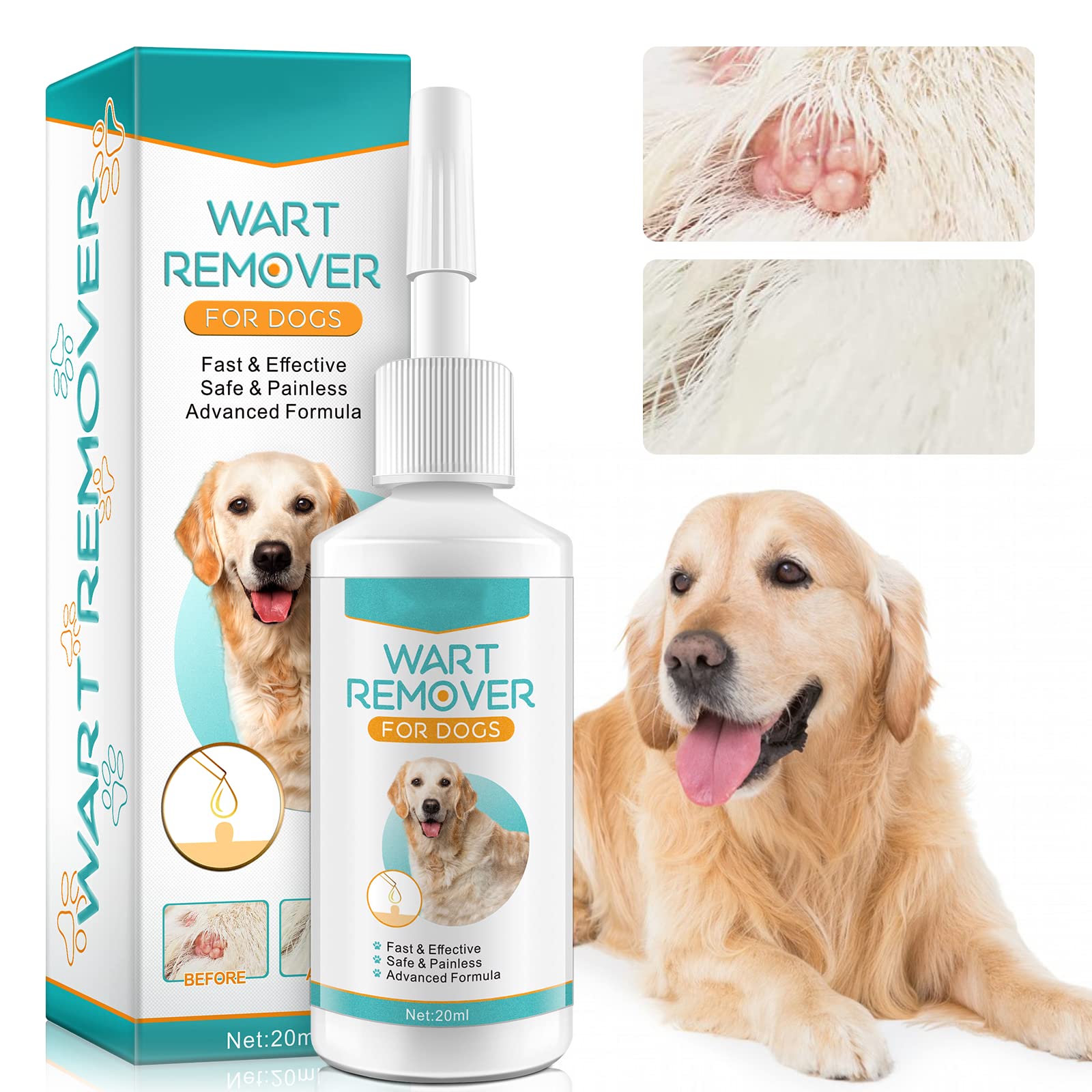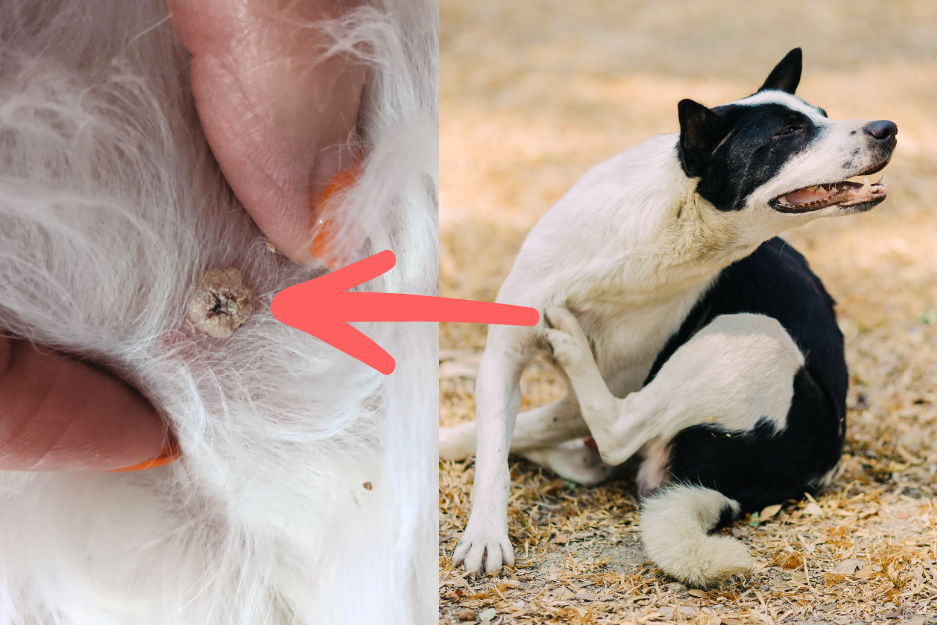How To Remove Skin Tags From Dogs

Imagine your beloved golden retriever, Barnaby, basking in the afternoon sun, his tail thumping softly against the porch. You lean in to give him a scratch behind the ears, your fingers brushing against a small, fleshy bump you hadn't noticed before. A little disconcerted, you wonder, "What's this?" and suddenly, the carefree moment is tinged with a touch of worry.
Skin tags on dogs, while generally harmless, can be a source of concern for pet owners. This article aims to provide a comprehensive guide on how to identify, understand, and, when necessary, safely remove skin tags from your canine companions, ensuring they live happy, comfortable lives.
Understanding Skin Tags on Dogs
Skin tags, also known as acrochordons, are small, soft, benign growths that commonly appear on a dog's skin. They are typically flesh-colored or slightly darker and are often attached to the skin by a thin stalk.
These growths are generally considered cosmetic issues and rarely cause pain or discomfort to your dog. However, it's important to distinguish them from other, potentially more serious skin conditions.
Distinguishing Skin Tags from Other Growths
It's crucial to differentiate skin tags from other skin growths, such as warts, cysts, or tumors. Warts are often caused by a virus and can be contagious, while cysts are fluid-filled sacs.
Tumors, on the other hand, can be benign or malignant and require veterinary attention. Consult with your veterinarian if you are unsure about a growth on your dog's skin.
A vet can perform a fine needle aspirate or biopsy to determine the nature of the growth. This is especially important if the growth is rapidly changing in size, shape, or color, or if it is causing your dog discomfort.
Causes and Risk Factors
The exact cause of skin tags in dogs is not fully understood. However, some factors are believed to contribute to their development.
Friction, for instance, can play a role. Areas where skin rubs against skin, such as the armpits, groin, and neck, are common locations for skin tags.
Obesity is another potential risk factor, as overweight dogs tend to have more skin folds and increased friction. Certain breeds may also be predisposed to developing skin tags.
When to Seek Veterinary Advice
While many skin tags are harmless, it's always best to consult with your veterinarian to rule out any underlying medical conditions. A vet can provide an accurate diagnosis and advise on the best course of action.
If the skin tag is growing rapidly, bleeding, or causing your dog to scratch or lick excessively, it warrants a vet visit. Additionally, if you notice multiple growths appearing suddenly, it's important to have them evaluated.
Your veterinarian will be able to determine if the growth is indeed a skin tag or something more serious that requires treatment. Early detection and intervention are key to managing any potential health issues.
Safe Removal Options
If you and your veterinarian decide that removal is necessary, there are several safe and effective options available. It is never recommended to attempt to remove a skin tag yourself, as this can lead to infection, bleeding, and unnecessary pain for your dog.
Surgical Excision
Surgical excision involves surgically cutting off the skin tag. This method is typically performed under local or general anesthesia, depending on the size and location of the skin tag.
Surgical removal ensures complete removal of the skin tag and allows for a biopsy to be performed if necessary. This option is particularly suitable for larger or more problematic skin tags.
Cryosurgery
Cryosurgery involves freezing the skin tag off using liquid nitrogen. This method is less invasive than surgical excision and can often be performed without anesthesia.
The liquid nitrogen freezes the tissue, causing the skin tag to slough off within a few days. Cryosurgery is a good option for smaller skin tags.
Ligation
Ligation involves tying a surgical thread around the base of the skin tag to cut off its blood supply. Over time, the skin tag will dry up and fall off.
This method is generally painless and can be performed on smaller skin tags. It's important to keep the area clean and dry to prevent infection.
Laser Removal
Laser removal utilizes a laser to precisely remove the skin tag. This method is minimally invasive and results in minimal bleeding and scarring.
Laser removal offers precise control and can be a good option for skin tags in sensitive areas. It often requires general anesthesia.
Home Care and Prevention
After the skin tag has been removed, it's important to follow your veterinarian's instructions for home care. This may include keeping the area clean and dry, and administering antibiotics or pain medication as prescribed.
Preventing skin tags altogether can be challenging, but maintaining a healthy weight for your dog can help. Regular grooming can also help reduce friction and keep an eye out for any new growths.
Regular check-ups with your veterinarian are crucial for early detection and management of any skin conditions. A proactive approach to your dog's health can help ensure a long and happy life.
The Importance of Professional Guidance
While this article provides general information about skin tags on dogs, it is not a substitute for professional veterinary advice. Always consult with your veterinarian before attempting any treatment or removal methods.
Your veterinarian can provide an accurate diagnosis, recommend the best course of action, and ensure that your dog receives the appropriate care. Remember, your dog's health and well-being are paramount.
Attempting to remove skin tags yourself can lead to serious complications. Trust the expertise of your veterinarian to provide the best possible care for your furry friend.
A Final Paw-sitive Thought
Discovering a skin tag on your dog can be unsettling, but remember that most are harmless. By staying informed, working closely with your veterinarian, and providing loving care, you can ensure your dog remains happy, healthy, and free from discomfort.
So, go ahead and give Barnaby that extra scratch behind the ears. With a little knowledge and care, you can keep him feeling his best, inside and out.
Knowing you are proactive in his health is a relief. Now, time for a walk!


